Boys Dance Too: Royal Ballet stars talk bodies, boyfriends and hitting the big time
Ballerinos Valentino, Marcelino and Calvin reveal what it takes to realise your dancing dreams.
By Will Stroude
This article was first published in the Attitude Body issue, March 2017.
Photography: Jenny Bough
Words and fashion: Joseph Kocharian
Watching ballet dancers perform, there’s no doubting their gracefulness, elegance and beauty. But they are athletes too and each of them put their body on the line in every performance.
Three of the Royal Ballet’s ballerinos tells us how they keep in shape, what their bodies mean to them and how that can affect relationships…
Valentino Zucchetti, First Soloist 
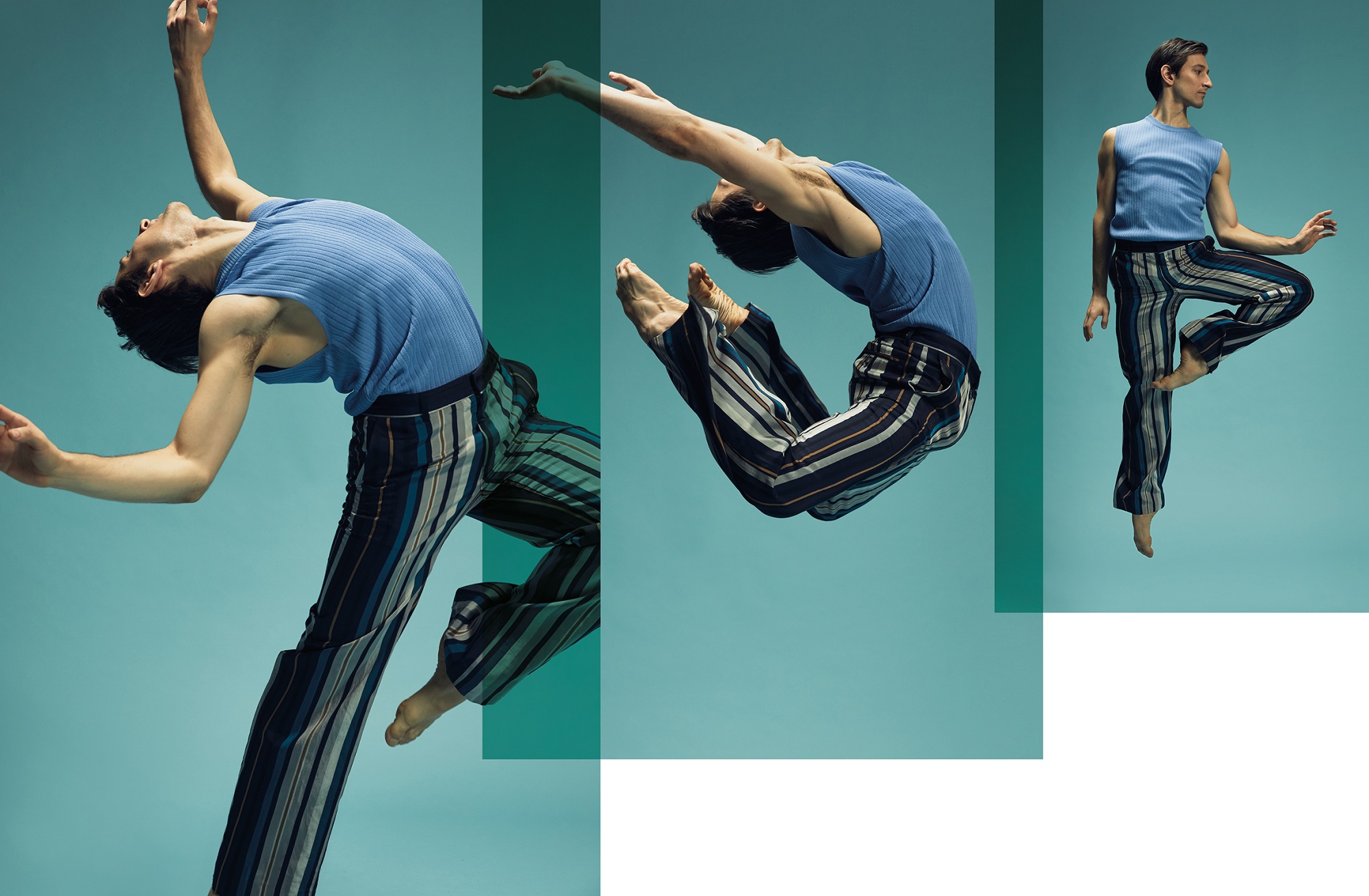
What’s your favourite role of all the ones you’ve danced?
My favourite roles are usually the ones that require interpretation, so it can be Lescaut in Manon, or Mercutio in Romeo and Juliet, roles that require acting as well as dancing.
In terms of your body, you have class every morning, rehearsal and then you have to perform on stage most evenings. How do you keep your body in peak condition?
I am rigorous and a bit extreme because we normally start at 10.30am. But I treat ballet class as working on muscles and placing myself for the day, rather than warming up. So I do a one-hour warm up beforehand. That means I have a whole routine in the morning to prepare my body before class, then class is a way to get my body placed. The key to keeping your body in peak condition is to have the right balance of nutrition, rest and training and that’s what I do. 
How do you keep your energy levels up?
I’m blessed because I’m a very energetic person. I always have been. We do such an amazing job and it’s so exciting and the prospect of going on stage keeps us going. Often we rehearse and perform while quite exhausted physically. People wouldn’t usually push themselves to do that, but because we are so driven by performing and what we do, we find the energy. And it’s funny, the more you do, the more you can do.
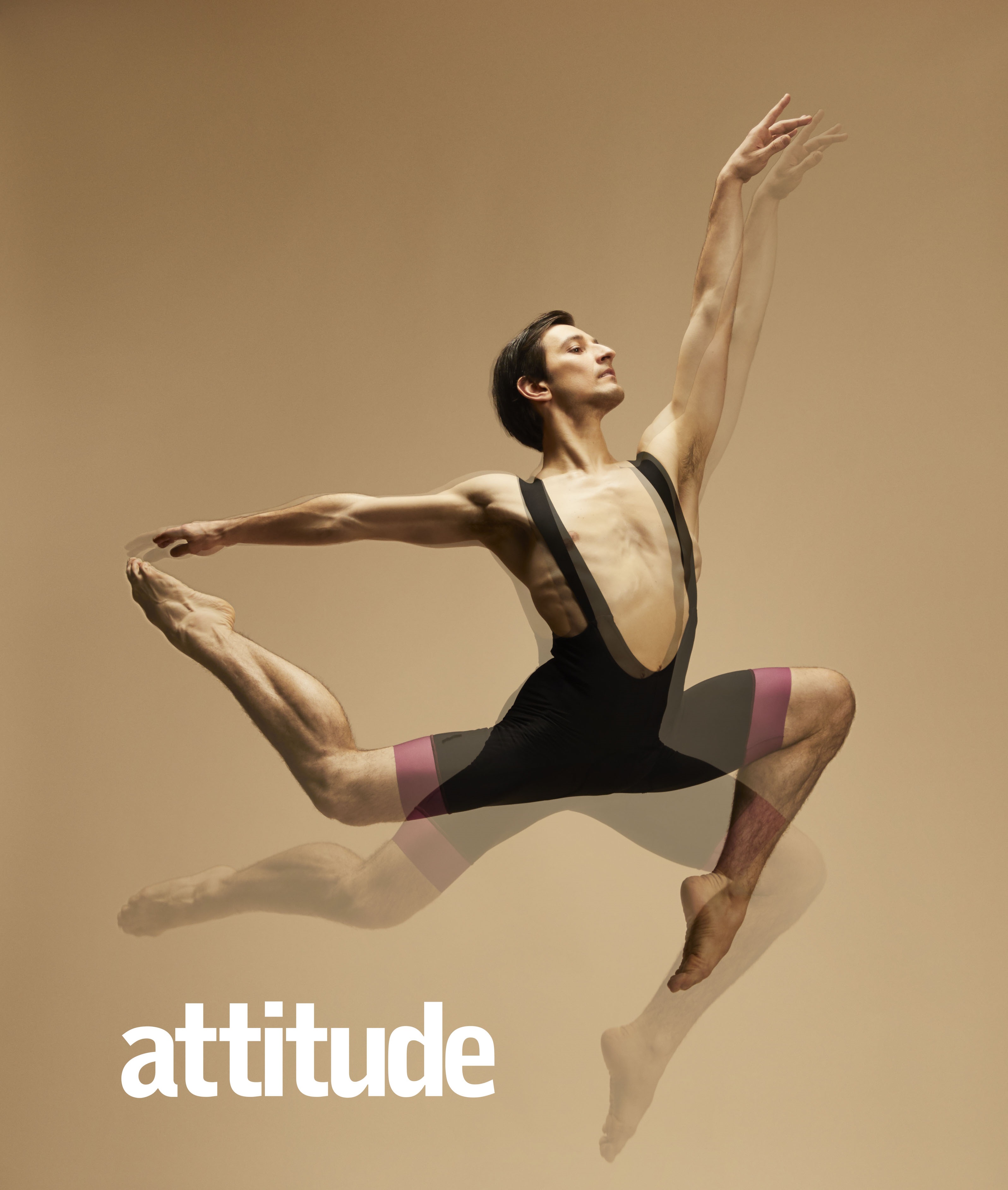
Have you always been active?
Yes! Nowadays they would call it ADHD [attention-deficit hyperactivity disorder], but back in the Nineties they obviously wouldn’t have checked for it. When I was a kid I was doing karate, basketball, swimming, ballet; I was doing something every day.
We’re looking at the body. How does it feel when the main tool of your trade is your body?
You have to treat your body as a temple. Often an injury can slow down performances, cause you to pull out or miss that one performance when a very important person is there to watch. Being injured is difficult psychologically, and dancers have such a short career. It’s tough, and you basically spend 90 per cent of your time in pain. 
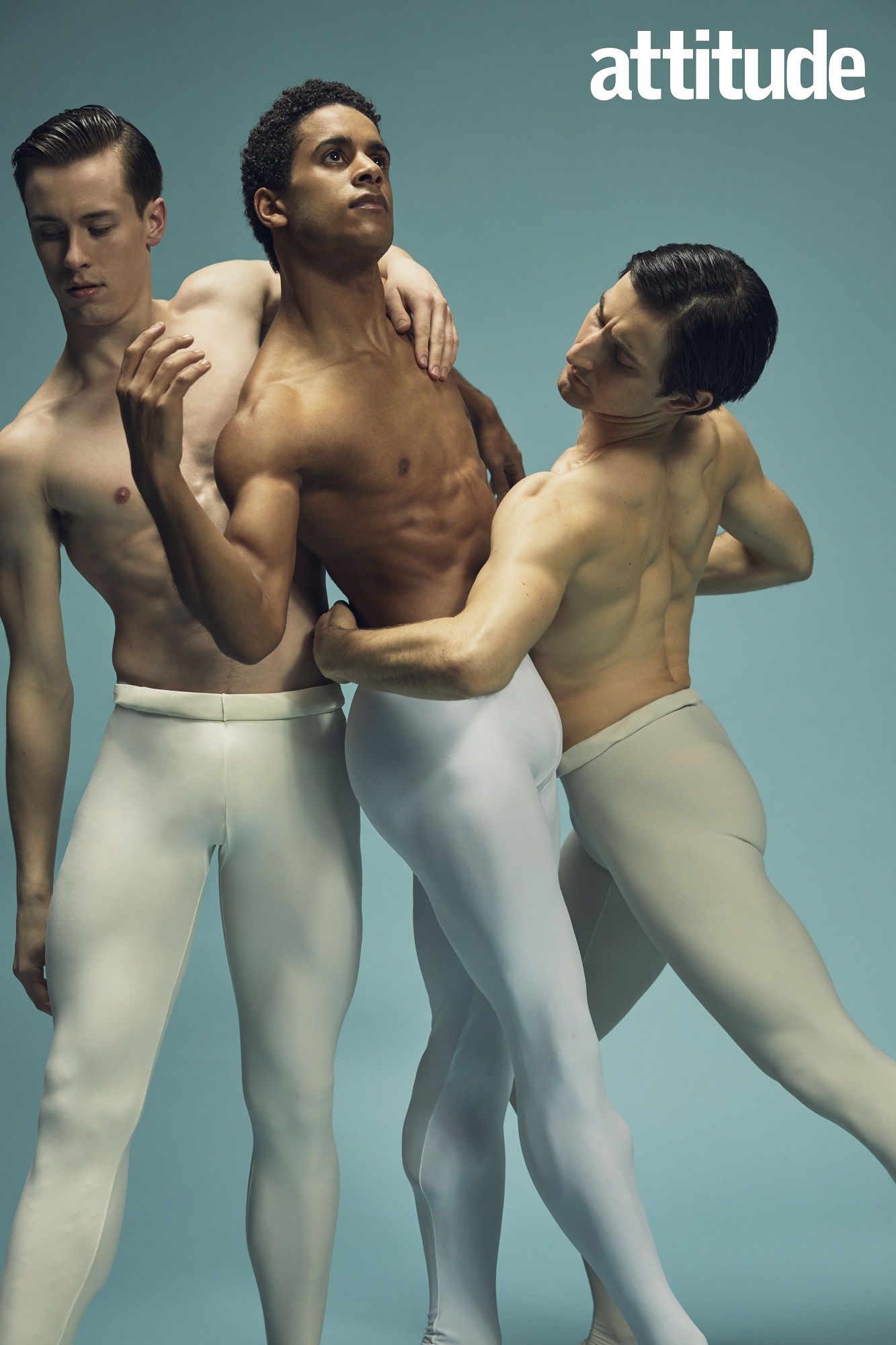
How do you feel about ballet being a means of self-expression? How does your body fit into that?
Ballet is an international language; it’s the art of movement. So your body is obviously going to be an expressive tool. It’s a bit like speaking; when you’re young you feel raw emotions but you don’t know the words to express them. When you do find the words that connect to the feeling then you express them. It’s a little bit the same with ballet. It’s literally like talking — but with your body.
When you date people, do they get insecure about their body?
Yeah. This is going to sound really bad but [laughs] when you date a non-dancer, not an athlete in any way, it could be a date or a long-term relationship, they are definitely going to feel self-conscious. But, on the flip side, with me training six hours a day and them only doing it three times a week, they’re going to want to do more. And maybe they’re going to teach me how to relax!
Marcelino Sambé, soloist 
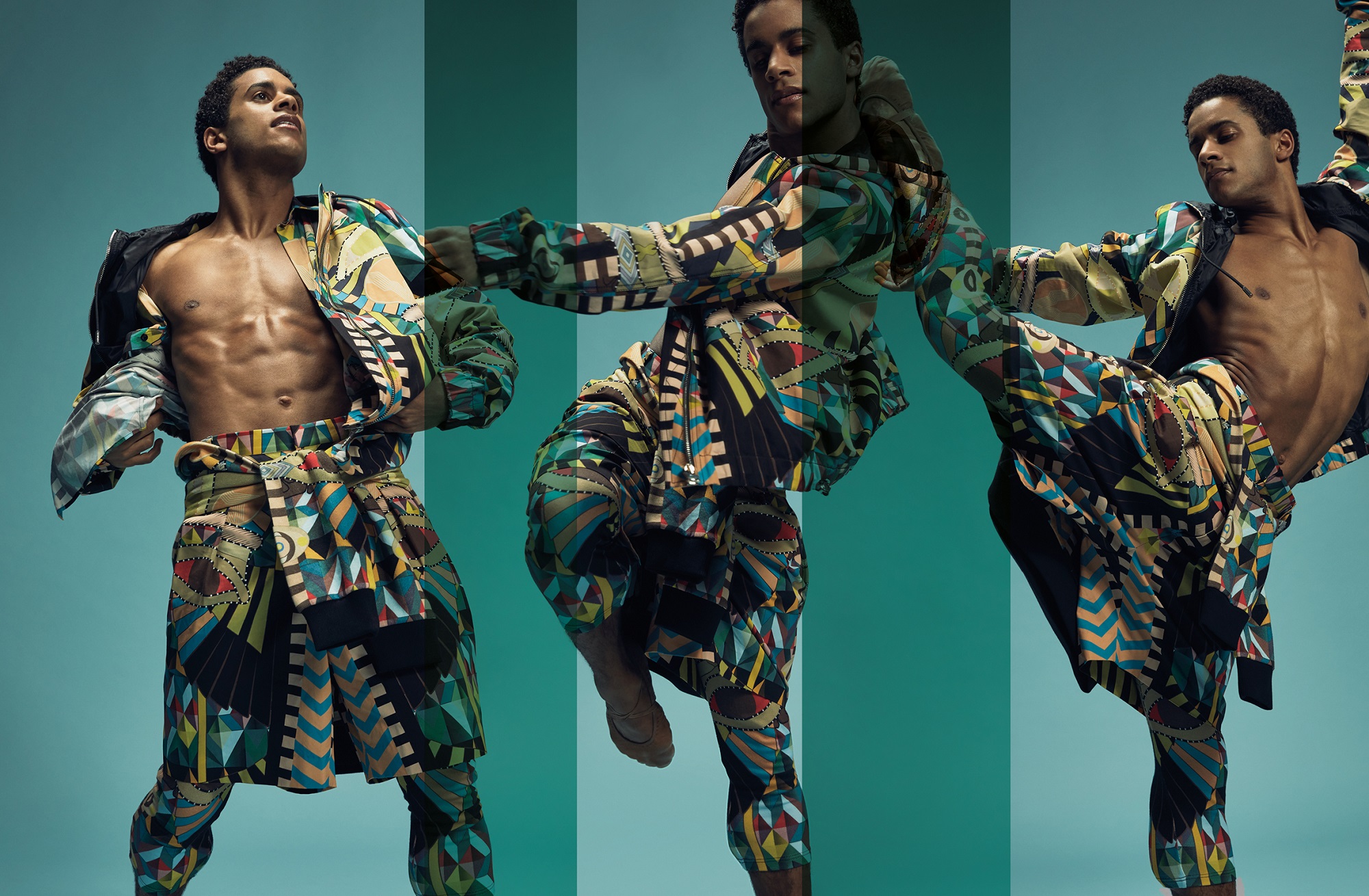
How do you keep your body in peak condition?
If you’d asked me two years ago, I’d have said, “Oh, I eat everything and things come naturally.” But as I age, my body isn’t responding as much, so I have to be more careful: eat the right things, sleep the right amount.
So what food do you miss?
I’m a big fan of patisserie and boulangerie, all the nice cakes! I’m a bit like Marie Antoinette!
How do you feel about your body being the main tool for your job?
It’s a responsibility. I have to make sure it’s on top form because I want to deliver the best show I can. I am aware that it’s a very important instrument for my life. So every time I go partying I know I have to be careful not to be on slippery floors, in case I fall. I try not to do things that are too radical.
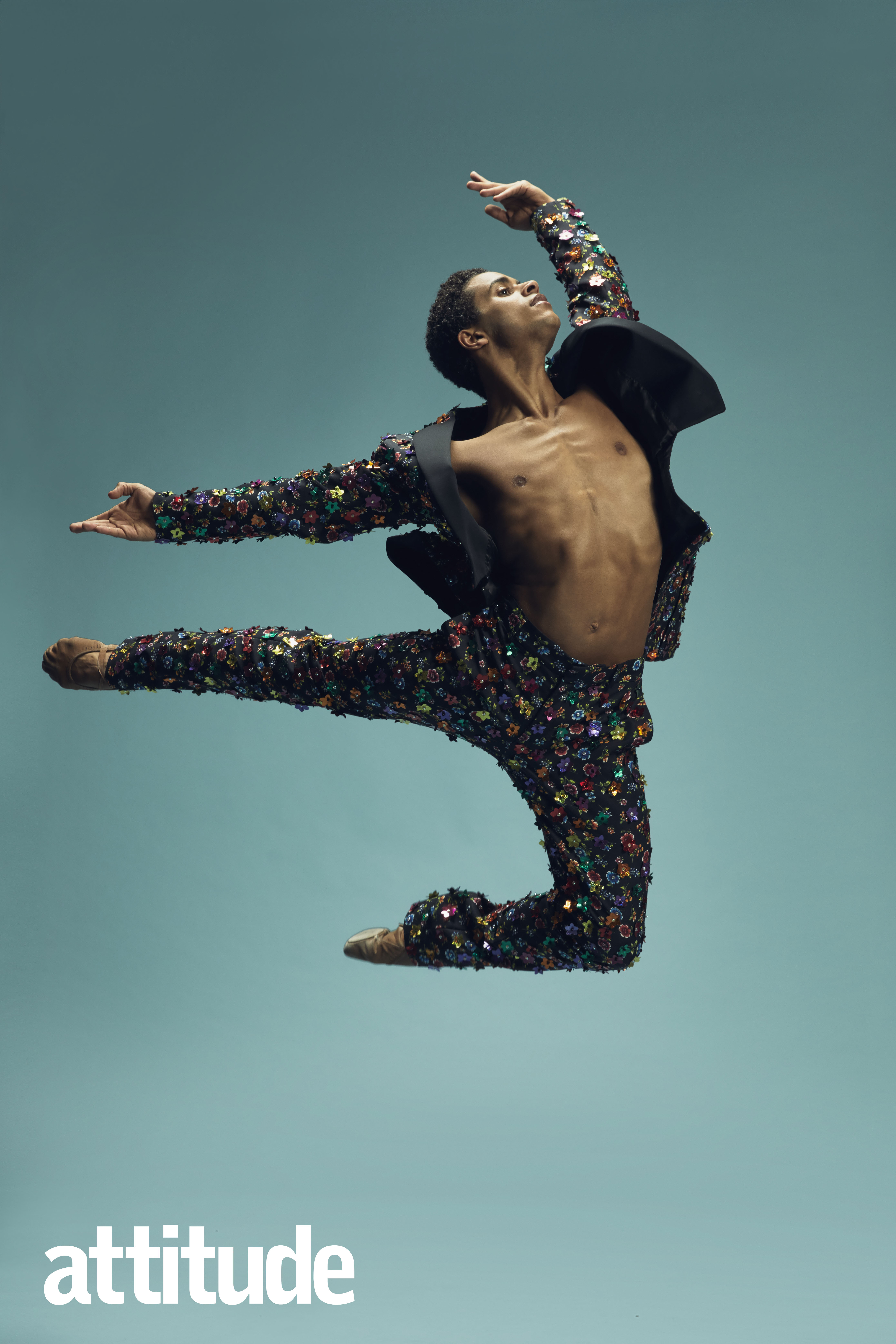
A night out is quite radical, I’m guessing.
We can always do nights out, but my nights out used to be much more dancing all night. Now they’re more about sitting in a nice jazz bar and drinking a cocktail because I’m more body aware.
And is it true that you’re always in pain as a dancer?
It’s rare that someone asks me, “Are you OK about your body?” and I can reply: “Yeah, really OK.” There’s always some niggle: a tendon, or toe, or the back, but we are so used to it. You have to ignore it and keep going and it goes away sometimes. 
Can you remember the last time you weren’t in pain?
Yes. It was last summer and I was at home and I sat down and thought, ‘I have to remember this moment and thank whoever is helping me so much!’ [laughs].
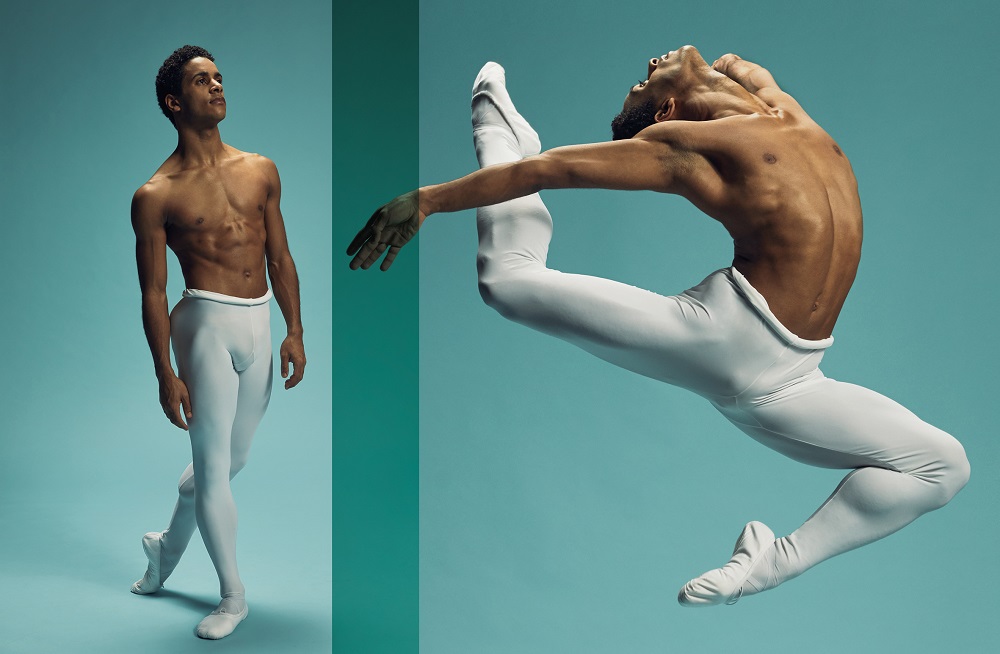
Do you ever get frustrated with your body?
All the time; on a daily basis. I arrive at 10.30am every morning, stand in my tights in front of a mirror and all I have is negative thoughts. But part of maturing is learning to cope with it and push through it.
Being a dancer, do you find it difficult when dating? There’s a kind of fascination with ballet dancers’ bodies, isn’t there?
I’m very fortunate in my current relationship as he has a great body, so he actually helps me be on it with mine as well. But, yes, it’s true, there is a certain obsession with how ballet dancers look because there’s a certain type of muscle and leanness about us, and that’s what I’ve always encountered when I’m in relationships. 
What does your boyfriend do?
He’s a lawyer.
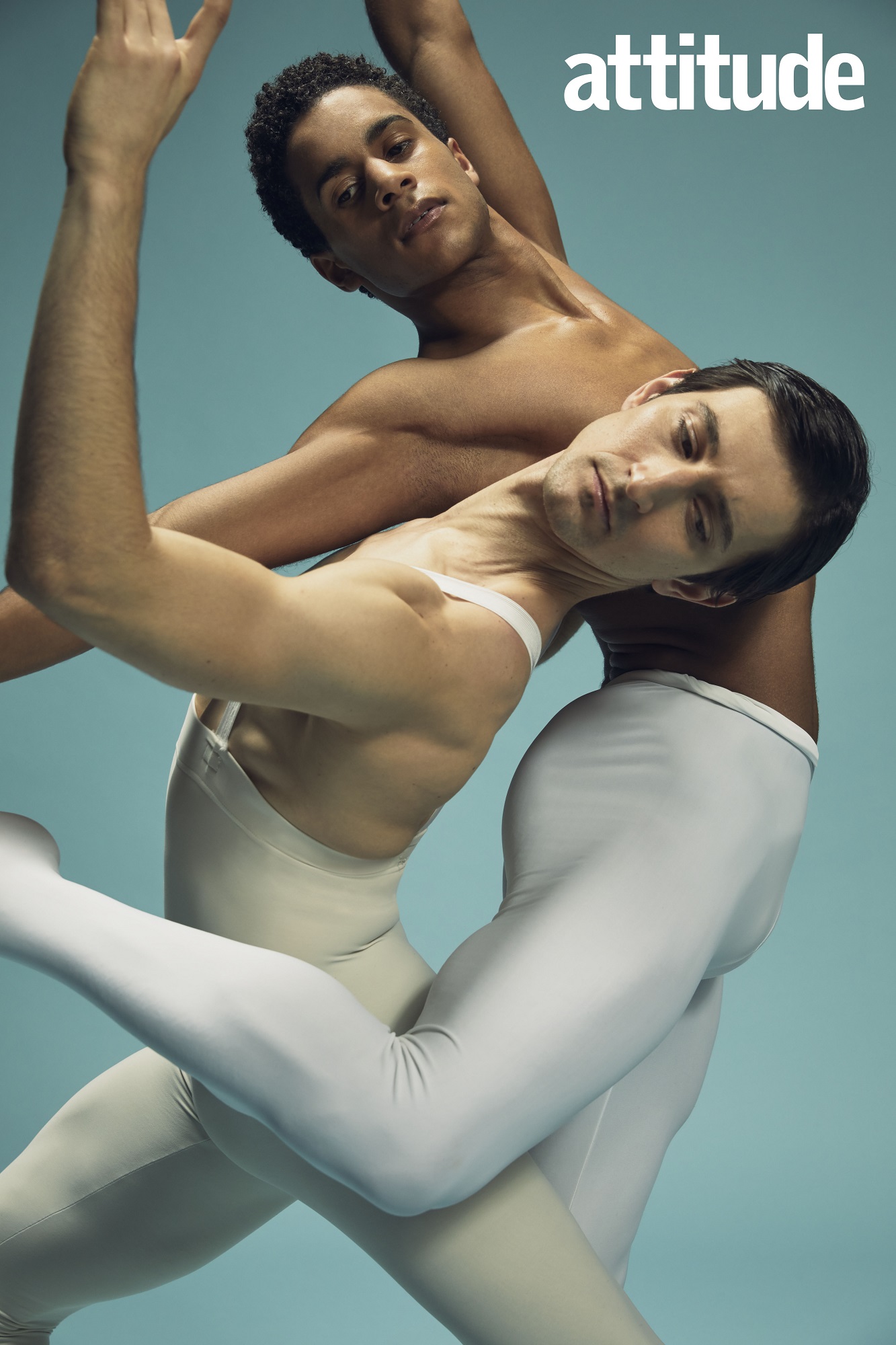
A lawyer? He just has a bod?
He just has a really natural body, and he goes to the gym a lot [laughs].
So he isn’t intimidated? No. He gives me a run for my money!
What have you got coming up in the spring?
There’s an amazing neo-classical ballet by David Dawson, called The Human Seasons. I’ve got a great role and I’ll be on the stage with the principal dancers. It’s a really challenging piece and I need to be really fit by then because there is a lot of lifting and dancing.
Calvin Richardson, artist 
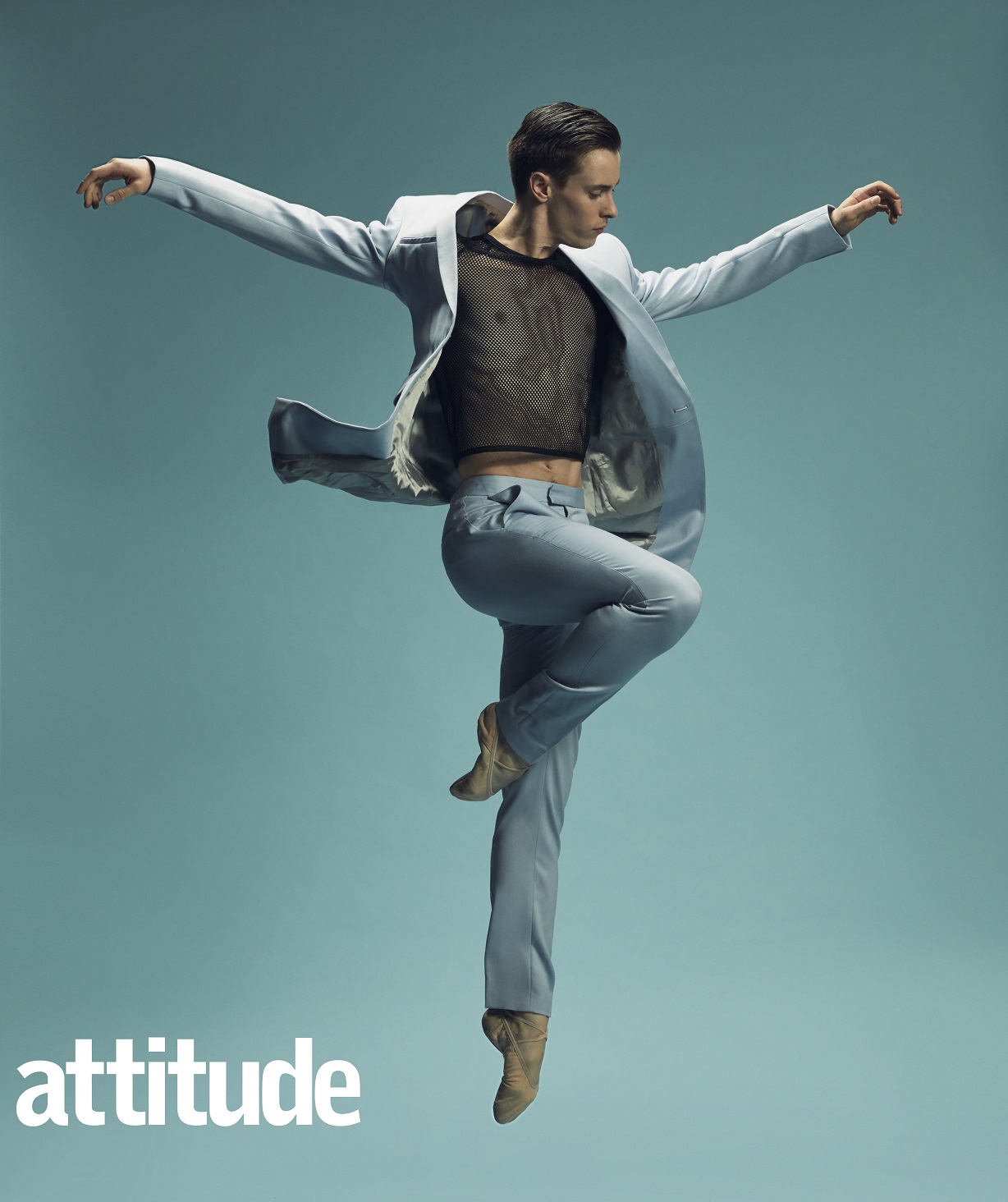
How long have you been here?
This is my third season, but I was off with an injury for almost the whole of my first season. So I feel as if I am only now getting back to my full strength.
What did you do to yourself?
I had surgery for an ankle problem. I had an extra bone removed and then there were rehabilitation problems.
Do you ever feel frustrated by your body?
I guess everyone wants to be perfect and I wasn’t born with amazing feet, so I have to work with that in my own way.
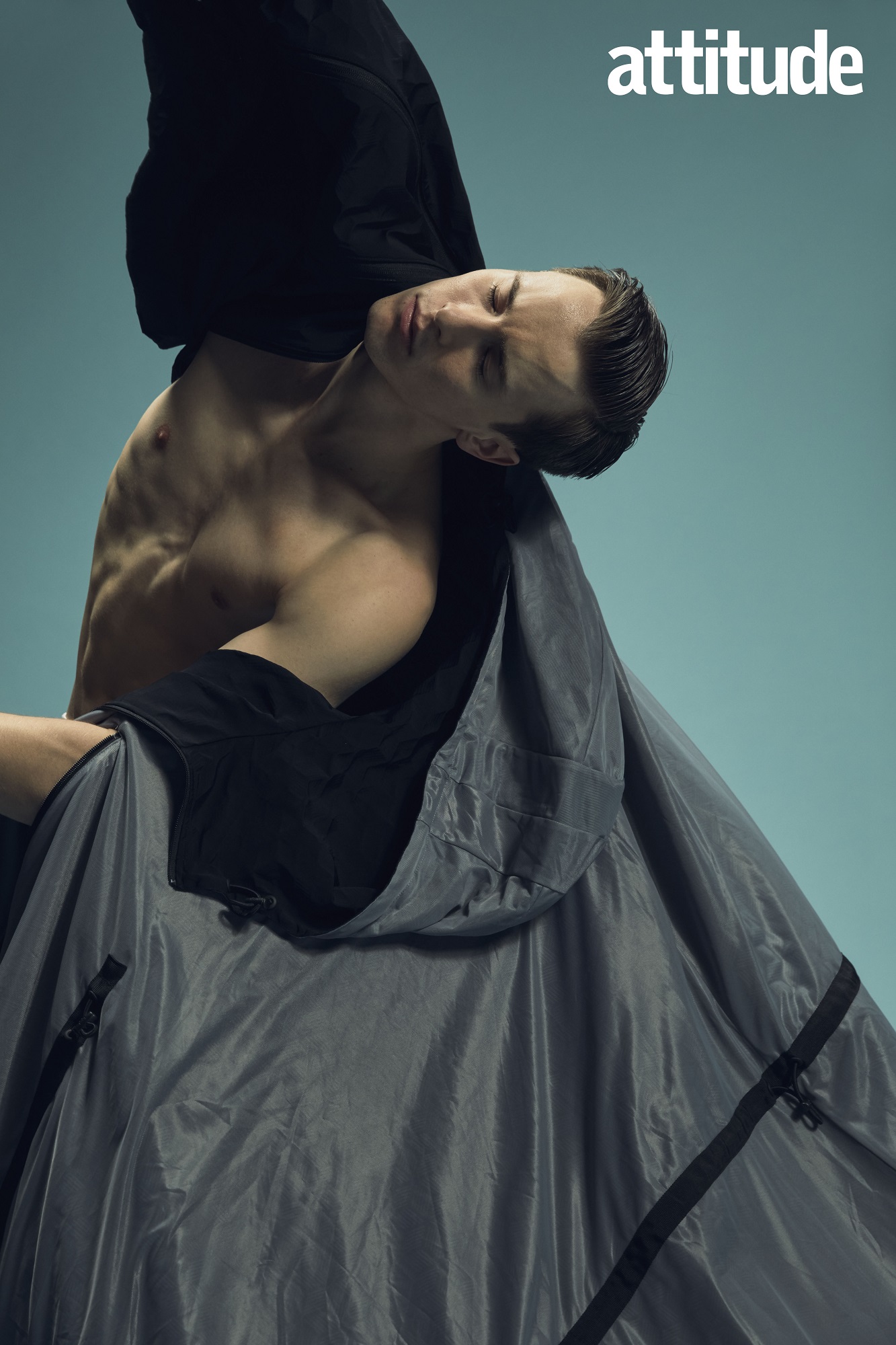
So how do you keep your body in good condition?
I have to work out for lots of rehearsals, when I’m going to push it the most. If I have a show, that has to be the priority. So I have to be aware that I can’t just bash everything out all day. Anyone who does that would just break.
What do you do with your down time? Are you good at switching off?
I like to keep my life outside work separate. It comes down a lot to conversations that you engage in as well. A really big habit with dancers is that we are not just colleagues, we’re also really close friends. So outside work we’ll probably be hanging out together which means that there’s a temptation to talk about what we relate to, which is ballet. Sometimes that can get a bit too much. 
Is the mental aspect a big thing? Are you always in pain?
I guess in some respects, yes. But we’re kind of masochistic as well because we like the pain. Sometimes it actually feels nice to have that soreness [laughs] which might sound really weird, but we learn how to cope so that it’s as if we aren’t in pain.

Do you find it difficult to have relationships, given your schedule?
Yeah definitely, plus I came here not knowing anyone, so pretty much everyone I have met has been through dancing. With relationships, it feels as if you’re giving the worst side of you, if you’re outside of ballet, because you’re just exhausted after work. Also, finding someone who can really understand what you’re going through on a day-to-day basis is not easy. Most people don’t quite get it.
Which is your favourite ballet that you’ve danced in?
Last season, Wayne McGregor, our resident choreographer, did a piece called Obsidian Tear, which he created on me, and it was an all-male cast. I was one of the leading parts — that was really big for me. 
How different is an all-male cast? All the partnering, and consequently all the steps, come out differently. The women are usually en pointe [on the tips of their toes] which changes the dynamic straightaway. But this had a different energy and I really enjoyed it.
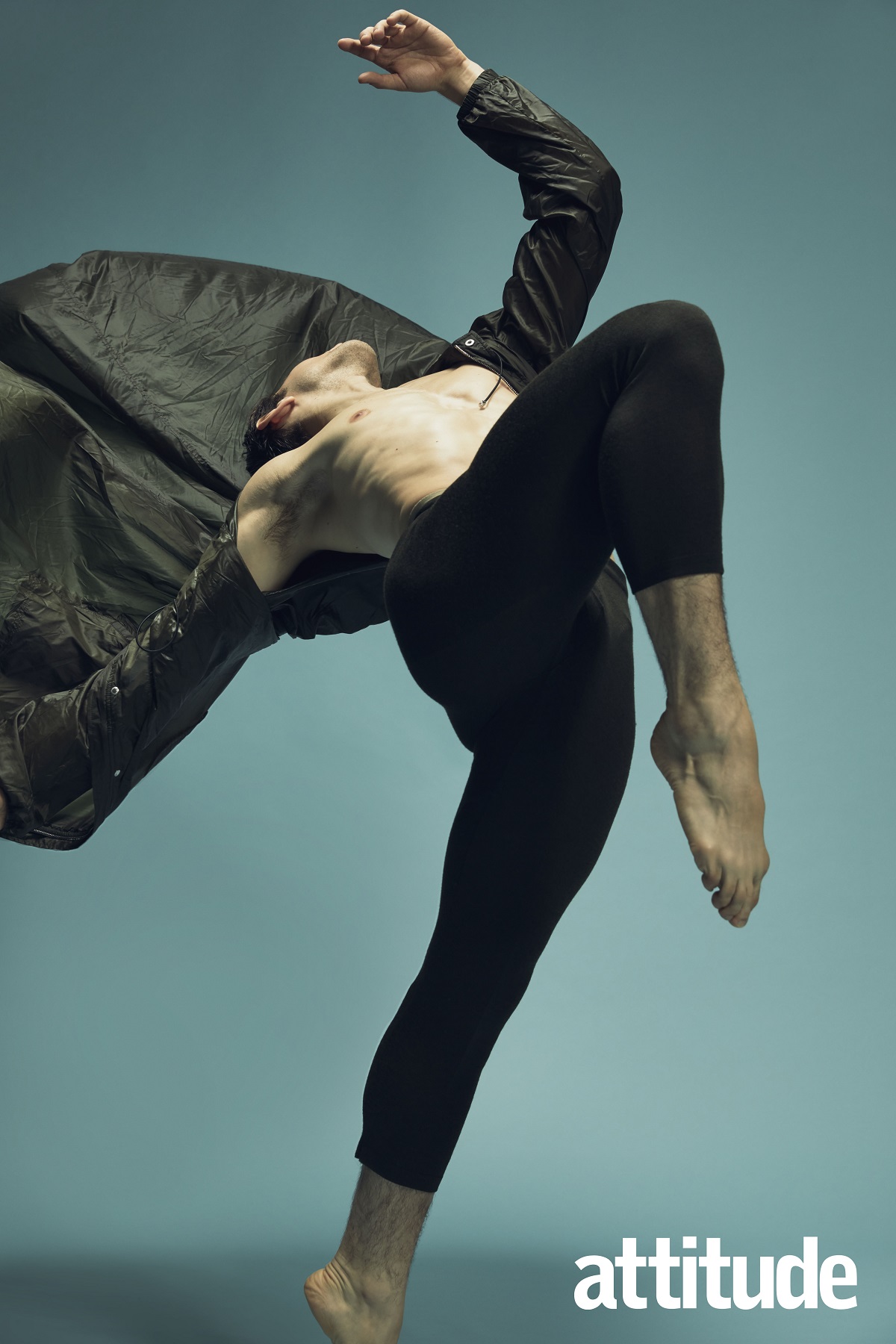
As well as being a dancer you are also interested in choreography, aren’t you?
I choreographed a piece called The Dying Swan, which was made famous by [the Russian prima ballerina] Anna Pavlova, and the [Royal Ballet] School asked me to make my own rendition of it. I don’t know if they expected anything of it, but it was quite popular, and then the company started using it when they took me. Everything sort of spiralled from there.
If you want to see the Valentino, Marcelino and Calvin in action then take a look at the Royal Opera House’s schedule for the season at roh.org.uk.
